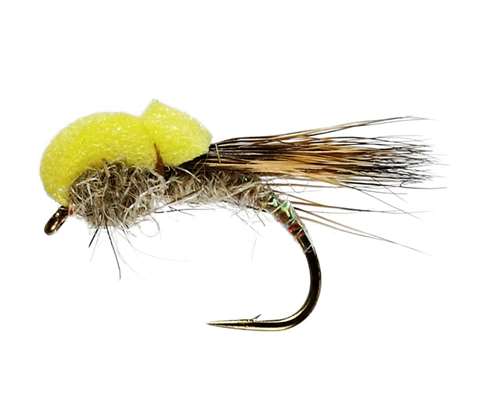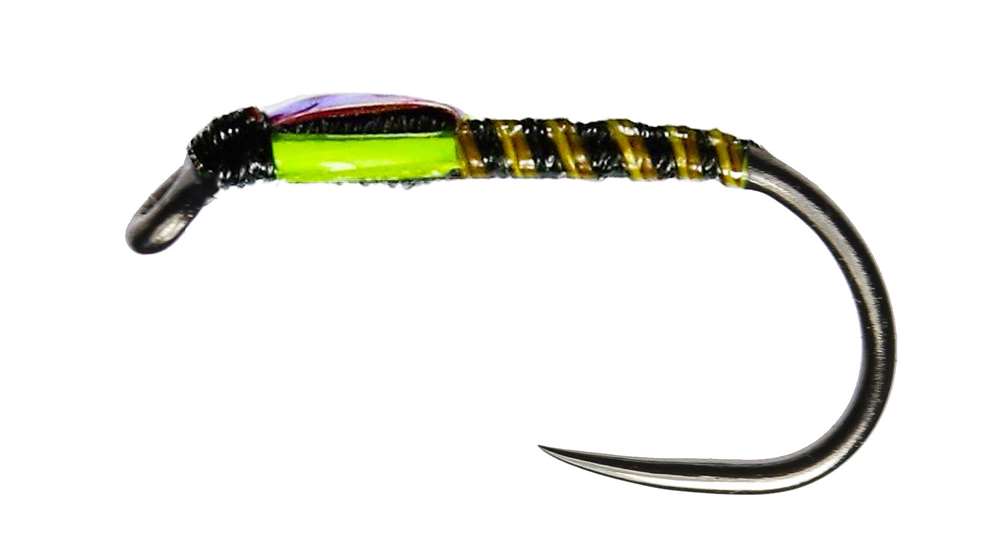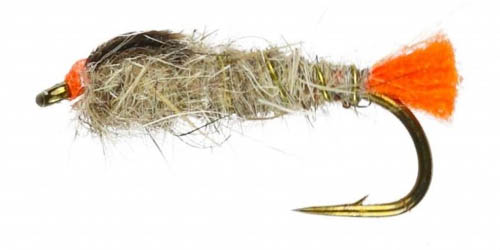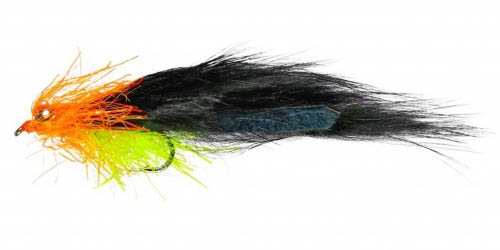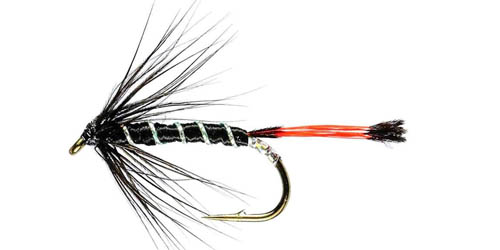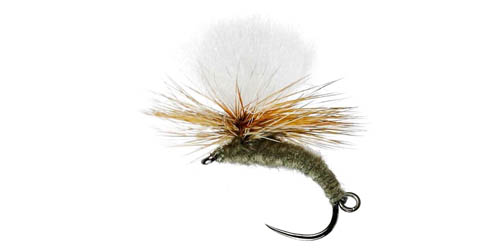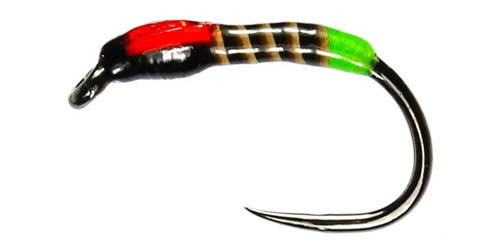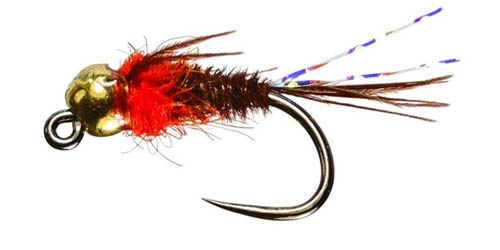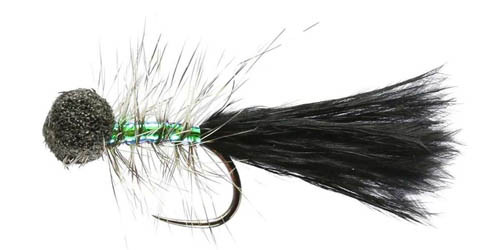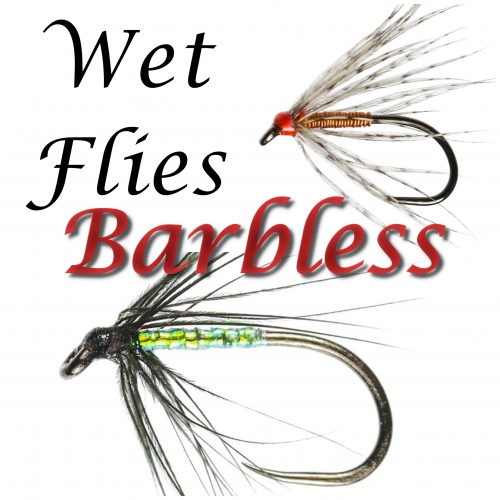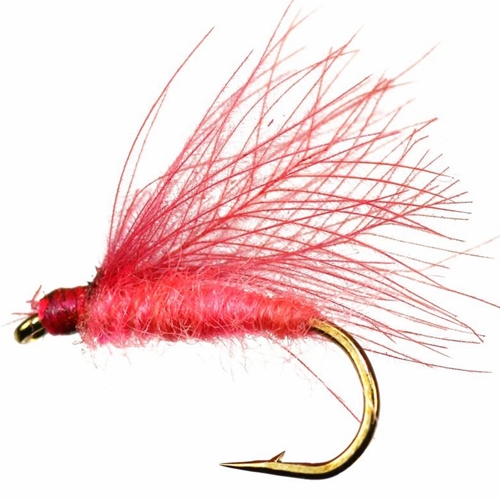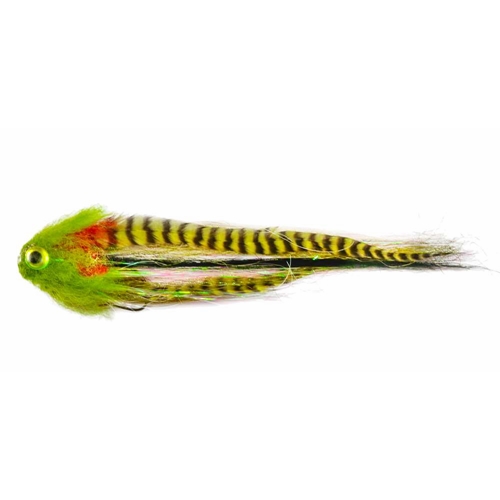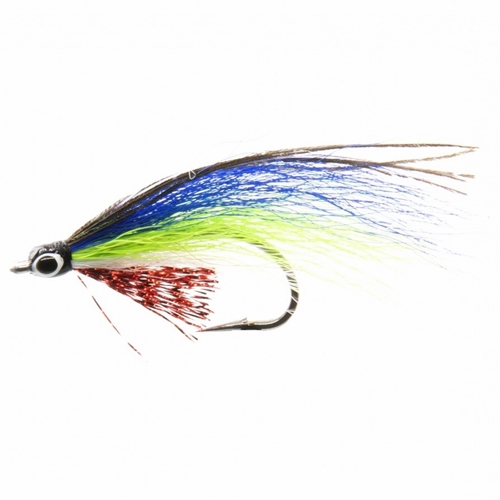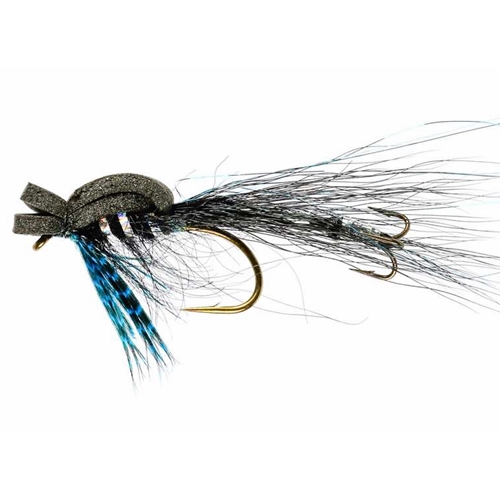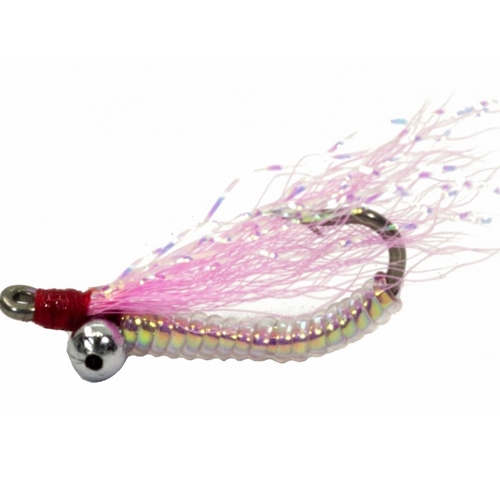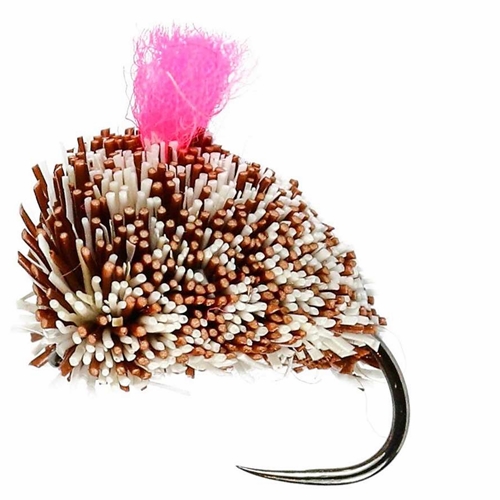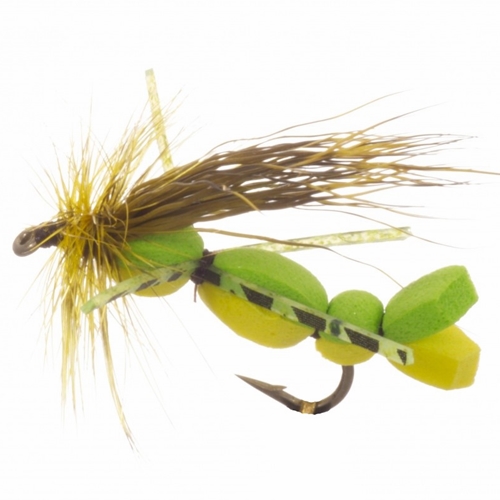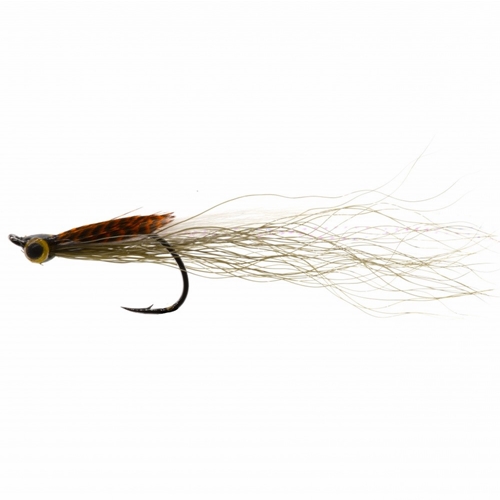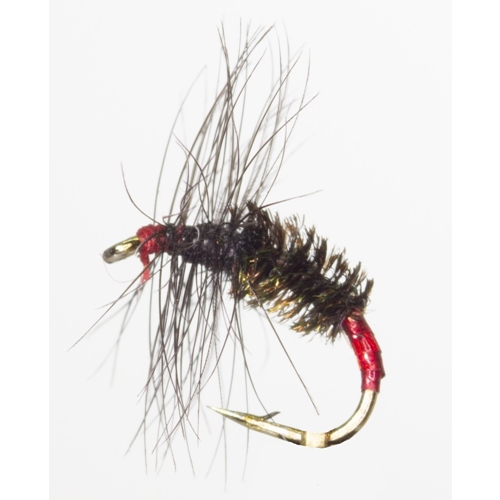 In the history of fly fishing tackle, the 18th century saw no major innovations in the sport. Rather it was a time to consolidate what had gone before and to initiate change incrementally. Take the humble rod, for example. Early seventeenth century rods may sometimes have had tip rings, but never had running rings, which did not appear until near the end of that century. This invention gave anglers much more control of the line while playing a fish, though the effect on casting distance was minimal. The lines in use in the 17th century made only animal "shoot" possible. Early rings were pretty dodgy as well, so unreliable that they then tended to pull out of the rod when under pressure, which probably contributed to their slow uptake.
In the history of fly fishing tackle, the 18th century saw no major innovations in the sport. Rather it was a time to consolidate what had gone before and to initiate change incrementally. Take the humble rod, for example. Early seventeenth century rods may sometimes have had tip rings, but never had running rings, which did not appear until near the end of that century. This invention gave anglers much more control of the line while playing a fish, though the effect on casting distance was minimal. The lines in use in the 17th century made only animal "shoot" possible. Early rings were pretty dodgy as well, so unreliable that they then tended to pull out of the rod when under pressure, which probably contributed to their slow uptake.
But the 18th century was a time of real change, and heralded greater difference between types of rods. Not only that but there was increasing sophistication in the choice of materials for the sections. Jointed rods made of wood, and sometimes reinforced with brass, were becoming more common, although the joints were monumentally unreliable. Trout fly rods back them were much longer than we are used to these days, and could be a much as 14 feet long, though most were much shorter. A typical rods might measure twelve feet. They were meant for fishing with lines that terminated in two hairs or more; nine feet rods were for fishing single hairs "for the small fly," and seventeen footers were for salmon. Modern fly fishing tackle bears little or no resemblance to this stuff, that’s for sure.

